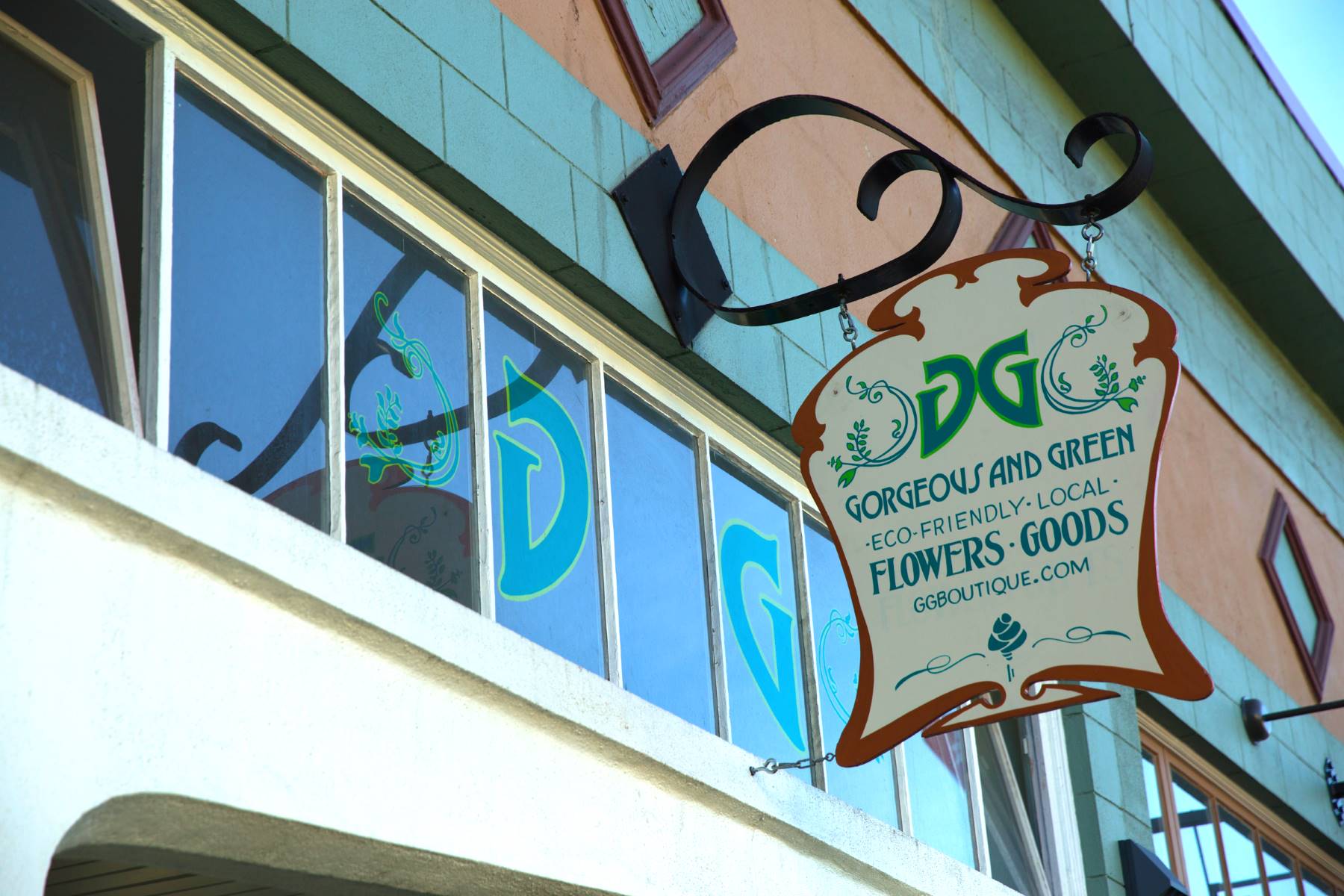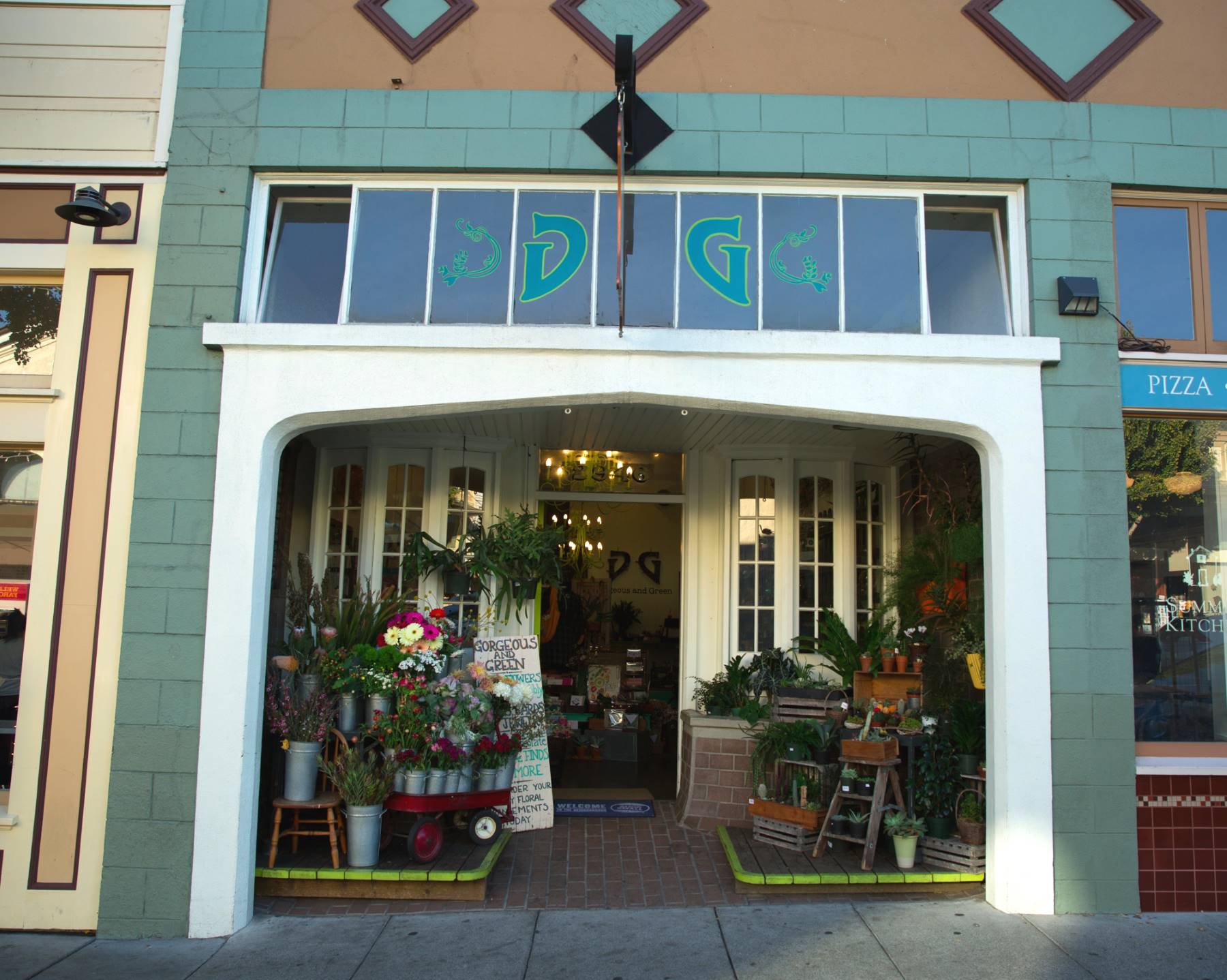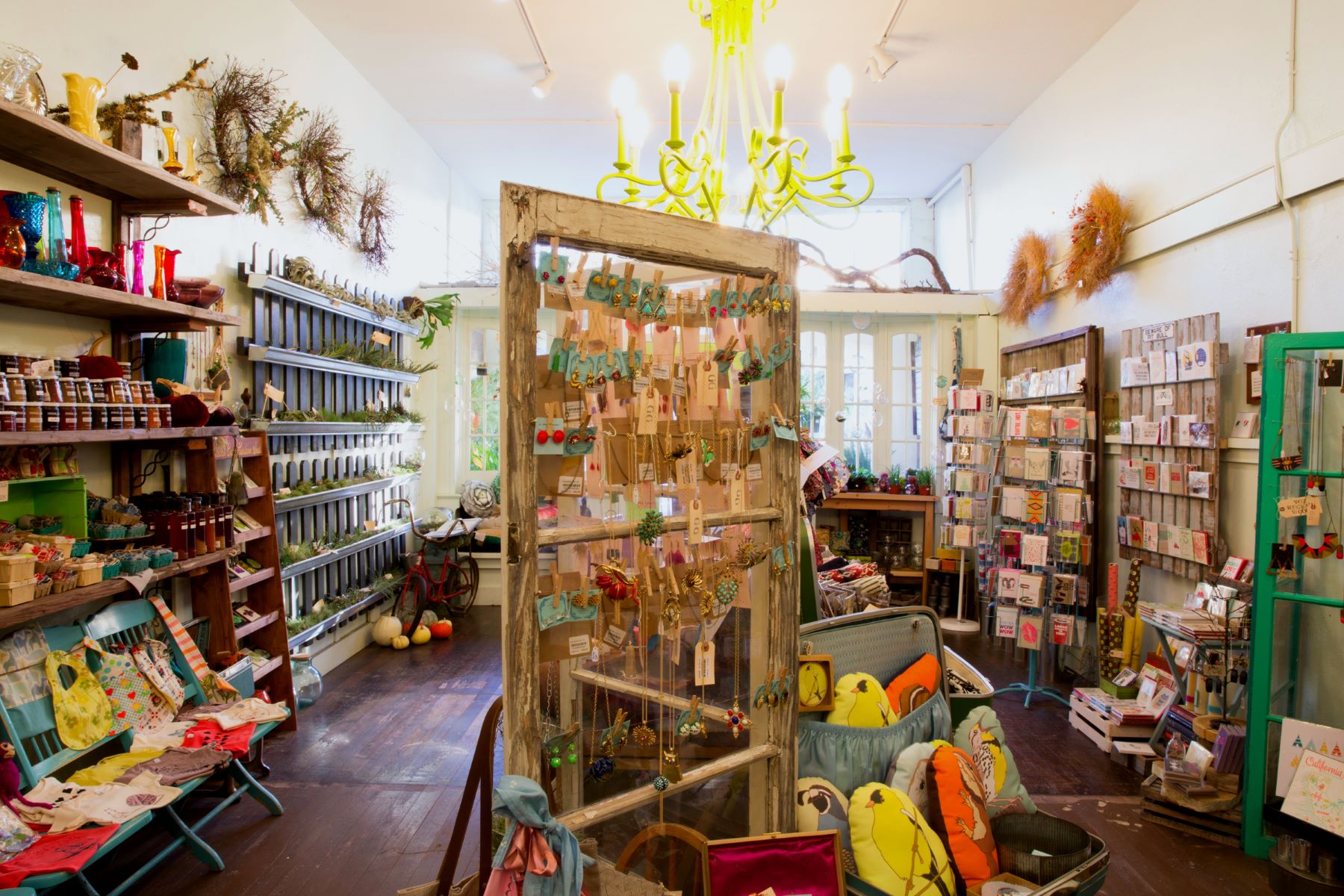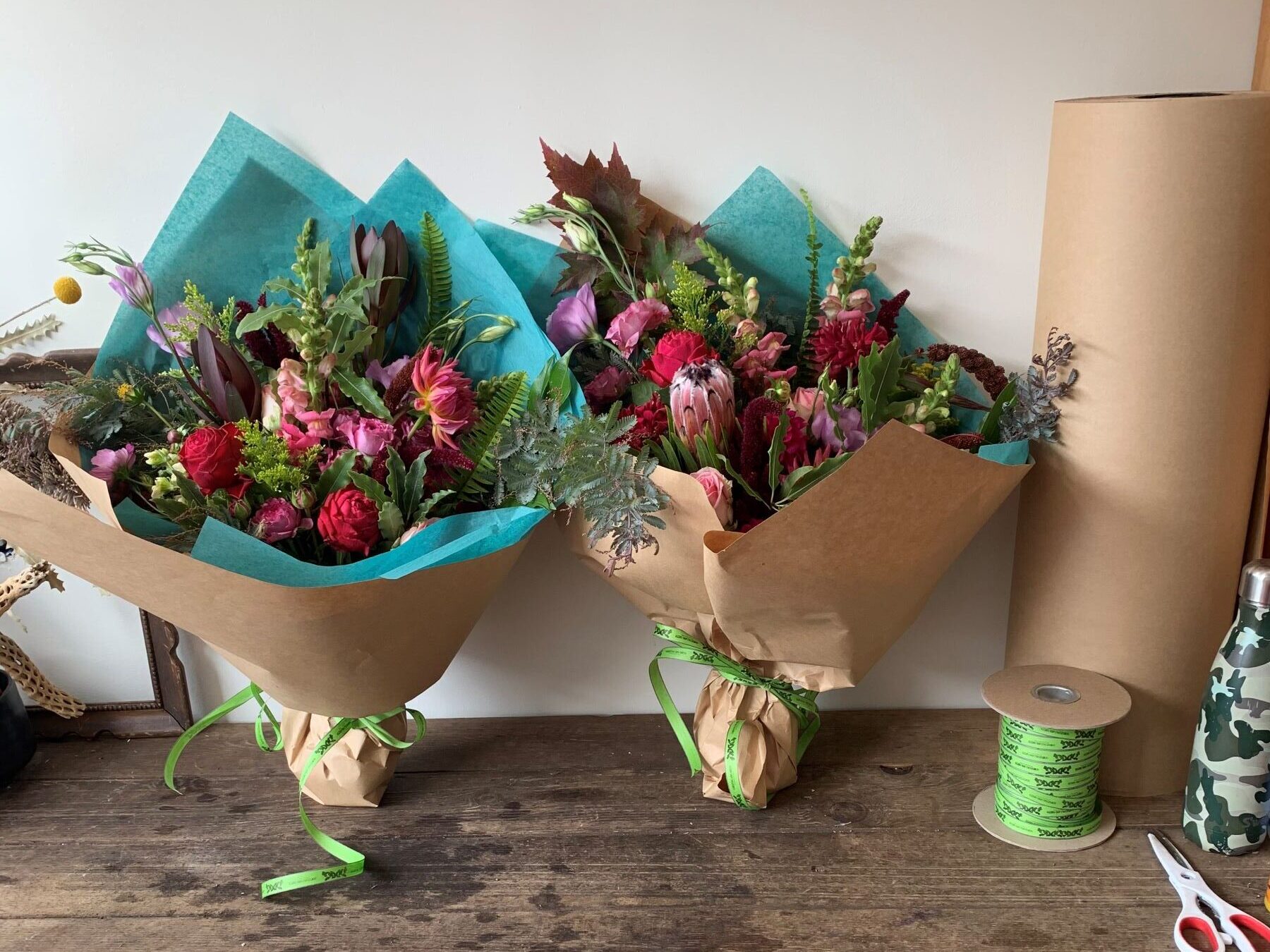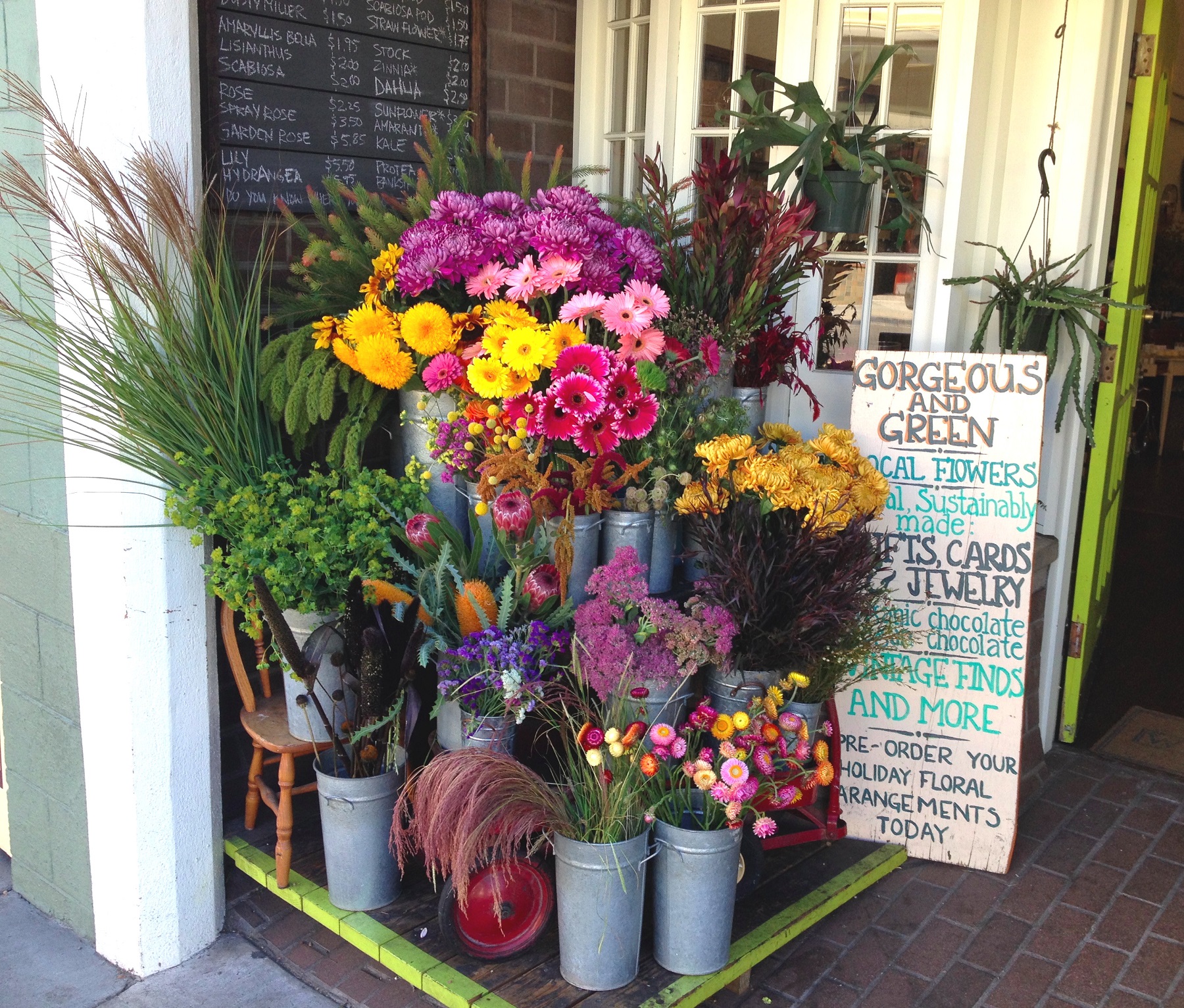Pilar Zuniga, Gorgeous and Green, US.
Pilar Zuniga is one of the true pioneers of eco-floristry in the United States. Since starting her business in 2008, Pilar has maintained an absolute commitment to promoting sustainability within her business practices and sharing her knowledge with the flower community.
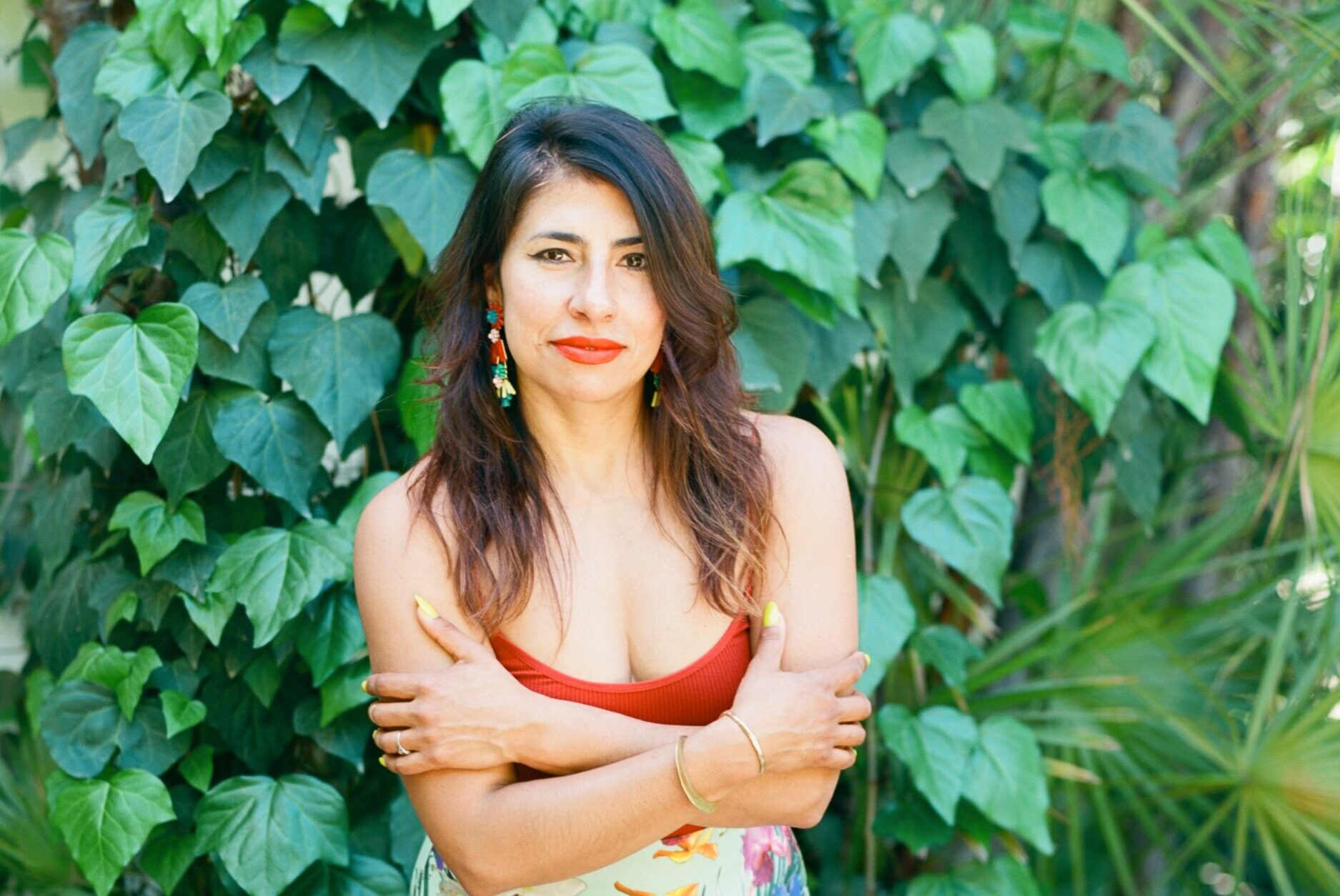
How did your path to floristry unfold?
I was doing public health education before I got into floristry. Initially I was working with teenagers, then later I moved on to women’s health. During that time I learned the framework of health and decision-making, and about education/information and changing behaviour – and how all the different roles and operations come into play in individual’s health and life. When I look back, maybe that’s why I was thinking critically when I chose to make the move into floristry. I think that my public health background gave me a different eye and I think it had a huge influence on what ended up happening with the business.
I started out in floristry by doing people’s events as a way of being more creative, rather than approaching it as a career. I’d always been creative – from a young age I had been interested in painting and my aunt had been a florist, so I kind of just did it as a hobby. Then I did a few weddings and a few people told me, “You’re so good – you should do this as a business!” So in 2008 I started Gorgeous and Green.
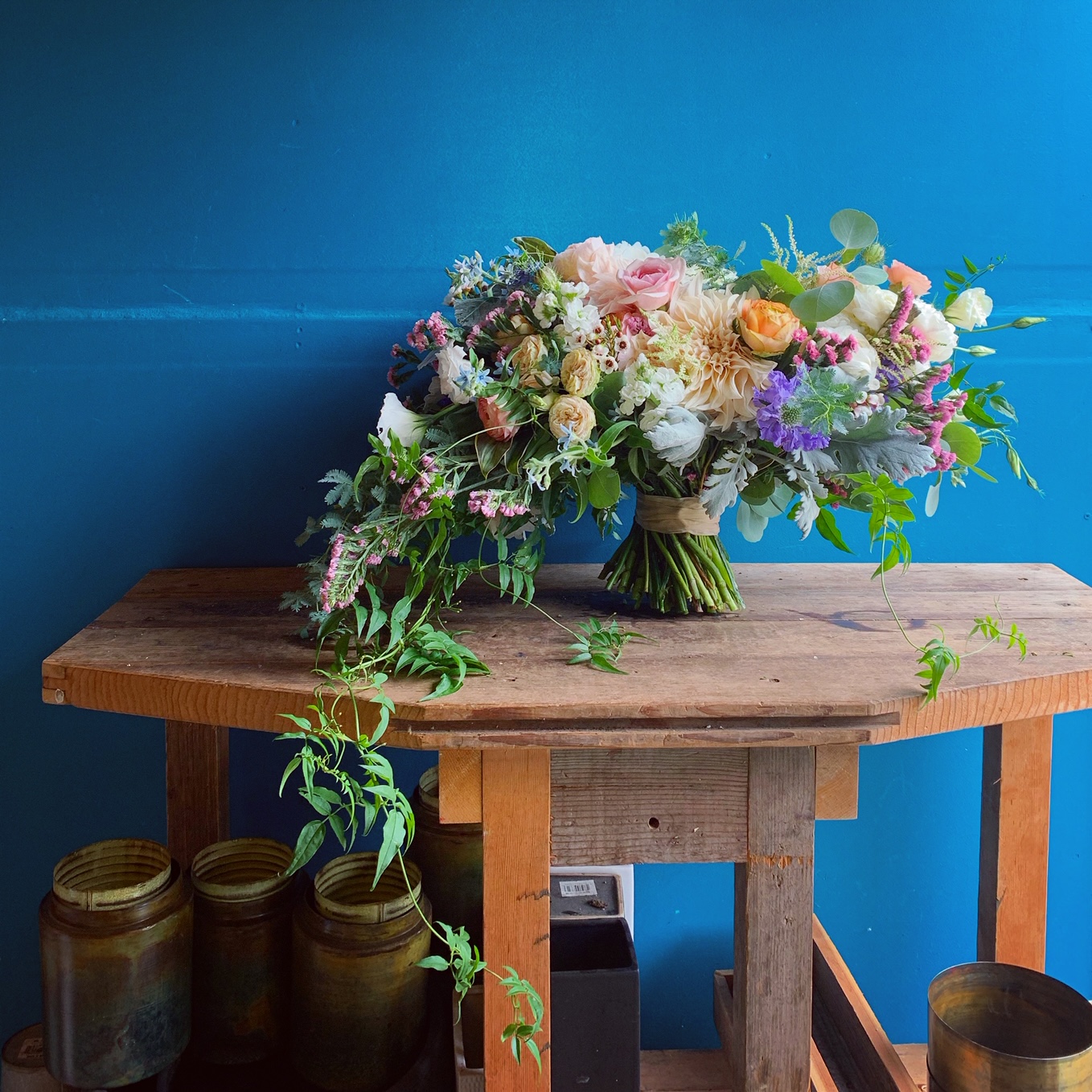
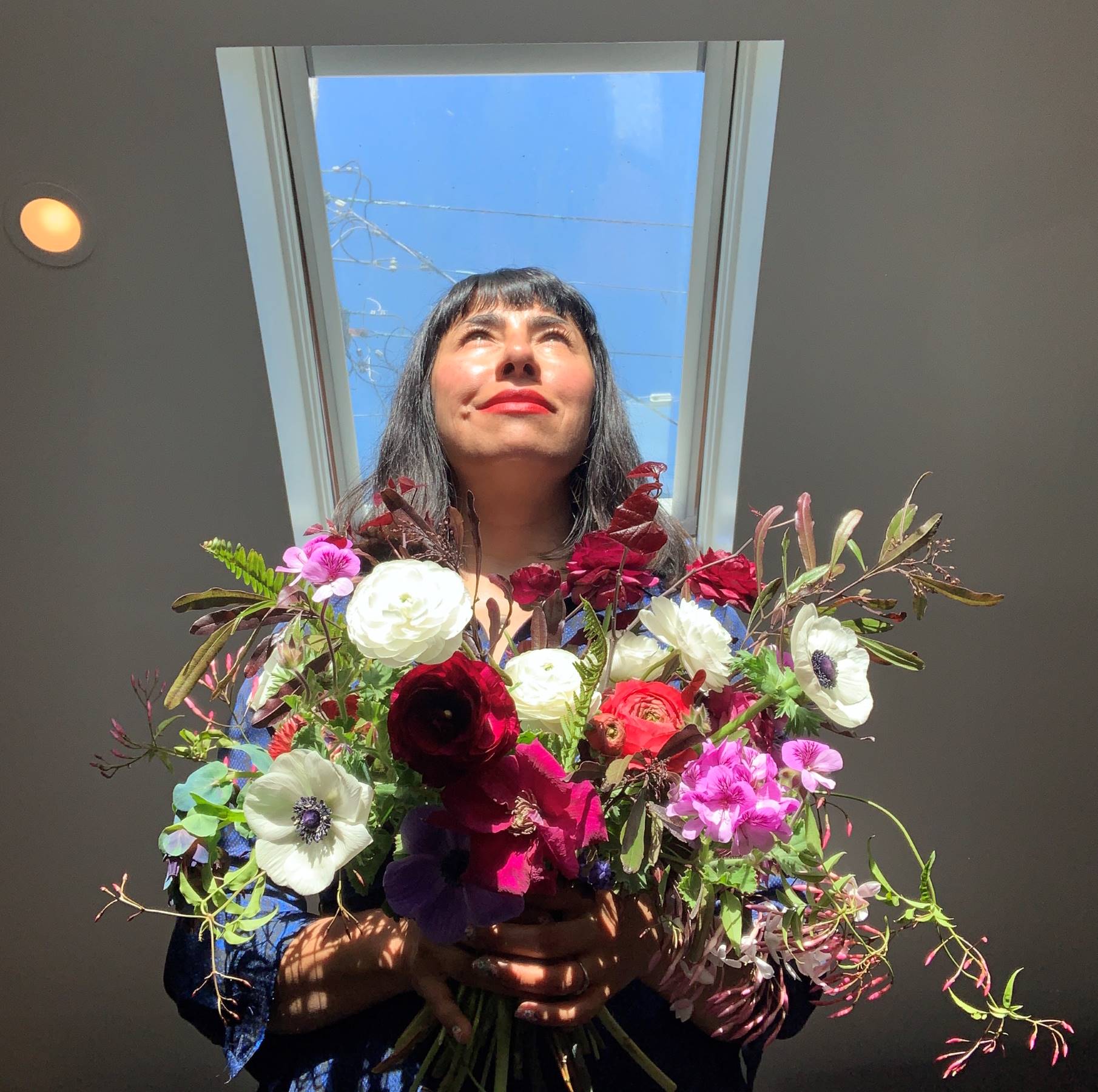
Discovering floral foam
I was working full time directing an education department at a regional Planned Parenthood at the time that I started looking into how I could learn more, how can I do this better. I decided to start a business based on the idea that floristry and events could be more sustainable, and eco-friendly. That’s when I started looking into the materials and products. I was familiar with floral foam from my aunt, but I really started to wonder what this stuff actually was.
I did a lot of investigative work. I tried to work out what it was and why nobody was talking about it. Eventually I found that Smithers Oasis, the main producer, had an MSDS (material safety data sheet) for all of their products online. So I found the sheet for floral foam and I copied a link into my blog post. I struggled so hard to find information; I felt like starting the blog was a good way to share the little information I had found to the world.
Soon after the blog went up, I was contacted by people from all over the world who were worried that the foam might have caused health issues as a result of the way they’d been handling it. Although it was a long and complicated document, it was clear that the recommendations were to wear gloves and ensure that users had adequate ventilation when using the product – and that it came with a warning that prolonged use may cause cancer, due to the fact it was made from formaldehyde and may contain carbon black.
Then one day I was contacted by someone to let me know that the company had removed access to all the MSD sheets. Fortunately, I still had a copy, so I was able to repost the important information and that info stayed up for many years.
Eventually I received a message from Smithers Oasis to tell me they were working on a biodegradable floral foam. But the point of me sharing the information sheets was to show that not only was this an individual health risk, but it could affect the planet at large. As it turns out the biodegradable product is basically just the same as the regular foam, with a few different chemicals that make it break down faster. It was very clear they didn’t read my blog properly!
COVID has had a huge impact on florists all over the world – what are you currently doing?
When COVID started I was doing workshops and deliveries because people really wanted access to flowers. It was a lot of hard work because it took me that much longer to get flowers because they were so much harder to come by. Then we decided to adopt a baby and that kind of took over our life! But I started back to flowers in fall of last year and I’ve been doing deliveries on Friday and a lot of really small weddings. The weddings are starting to get a bit bigger now that things are starting to open up again. I’m lucky in that I’ve done a lot of the hard work with customers, people have stuck with me over the years and I’m able to tailor my hours to when I am available. They are willing to wait until Friday to get their flowers, and they are prepared to work with my schedule. I’m very thankful.
What part of floristry gives you the most satisfaction? What are the biggest challenges?
There are different facets that I enjoy. I love being creative, but I also really enjoy problem solving and there is a lot of that in event work. I also really enjoy the relationships that are formed – with both suppliers and other florists – that’s an unexpected bonus.
On the downside, it is a lot of time on your feet. It is really labour-intensive and there is a lot of manual labour and strain on the hands and wrists. Sometimes I literally lie awake at night with my hands hurting. The tools are aggressive: clipping, cutting big branches, little branches. It is a lot of repetitive work using the hands and you need a lot of strength for carrying buckets of water and all that. It’s not like carrying a paint set around!
What have been your biggest work highlights to date?
I think having experiences like this: having an opportunity to talk to folks about my business, the floral foam issue, sustainability issues and the amount of time I work on it. Those are nice moments, to have someone else say to you, “Hey, I want to talk to you. I think you have some important information to share.”
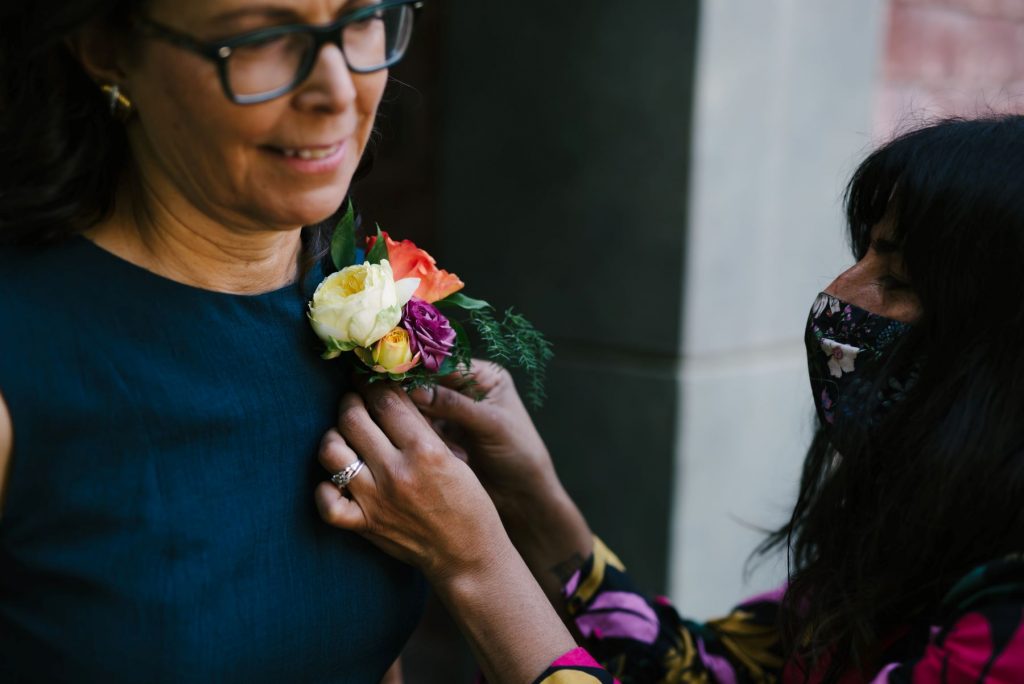
What is your greatest strength?
I’m fast: I’m a quick and hard worker. Someone said that I could probably win a timed floral design race! I’ve had to work fast because I tend to take too much on my plate. I have just learned to trust my creative process and as a result I can move quickly and not second guess myself.
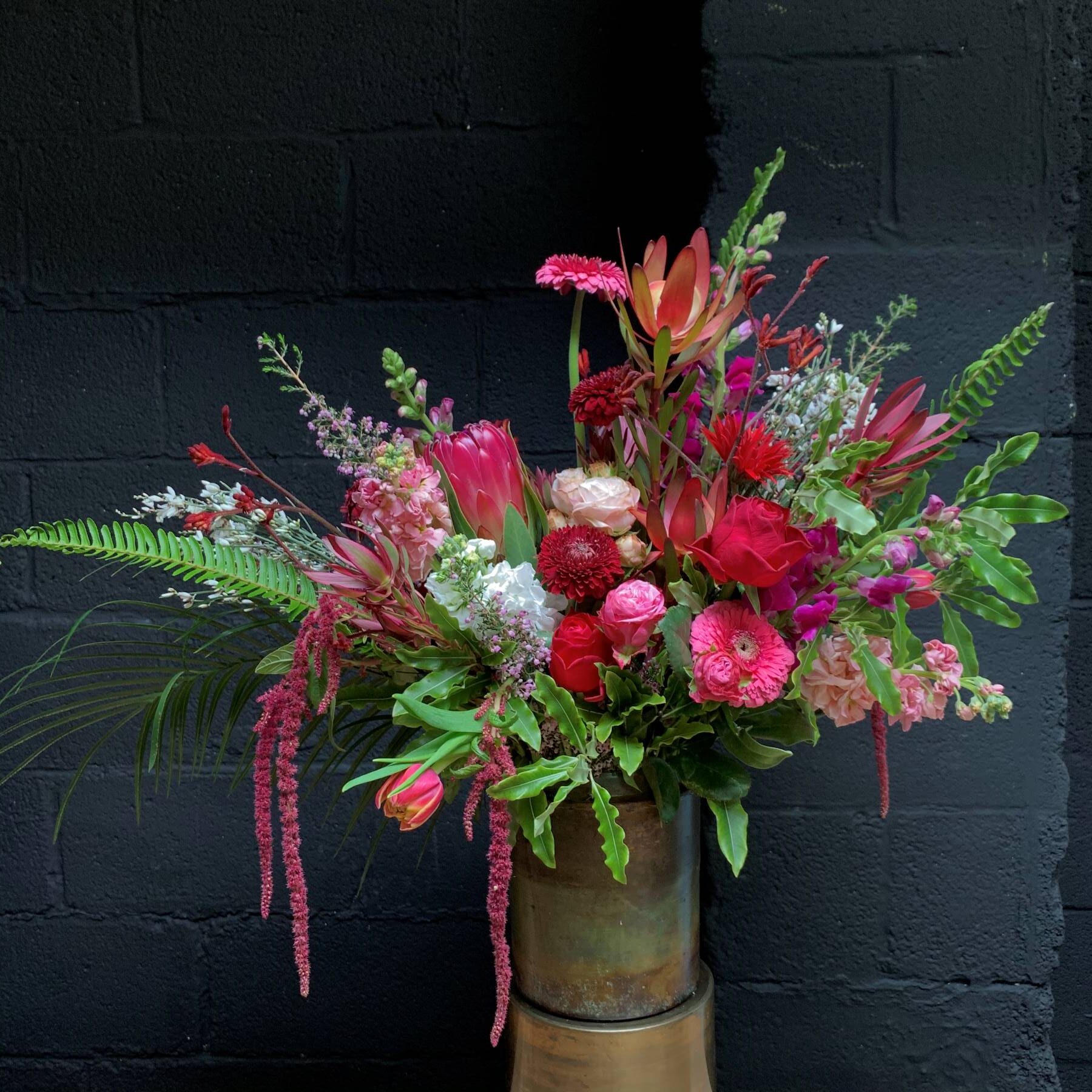
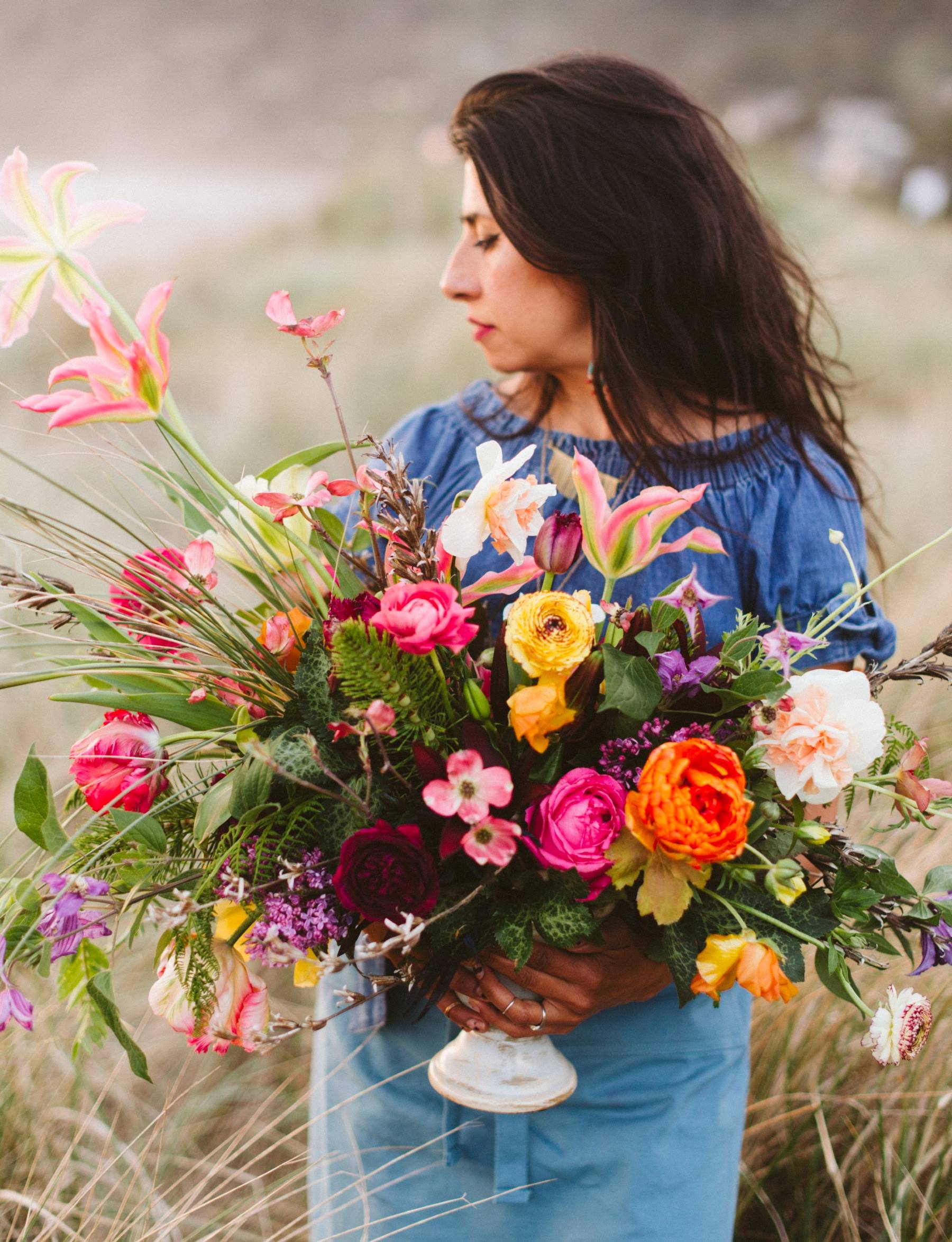
How would you describe your style?
When I started I was influenced by my garden at the time – a little bit wild. These days my style is not completely garden, but it has that kind of whimsy. It is saturated, without being completely modular. At the time I started, contemporary design was like, “Ok, you’ve got 50 calla lilies and one vase, now tie it together.” I used to do that work back in the day, but it is not my style. I like using 20 different kinds of flowers in one arrangement!
As an employer, what do you look for in employees?
These days I have contract workers who help me. I used to have a few full-time workers when I had my boutiques, but that time is long gone. Looking after and managing employees is its own job. I look for people who have an artistic eye. People who come to floral design naturally, it is not something that they learned a mathematical equation for – they just know what looks good. I also look for people who are honest, hardworking and work quickly. People who are just beginning with design need to be ok with just doing the groundwork and letting me do the creation until they get their feet under them. It takes time to develop those skills and practice, and sometimes I don’t have time to wait!
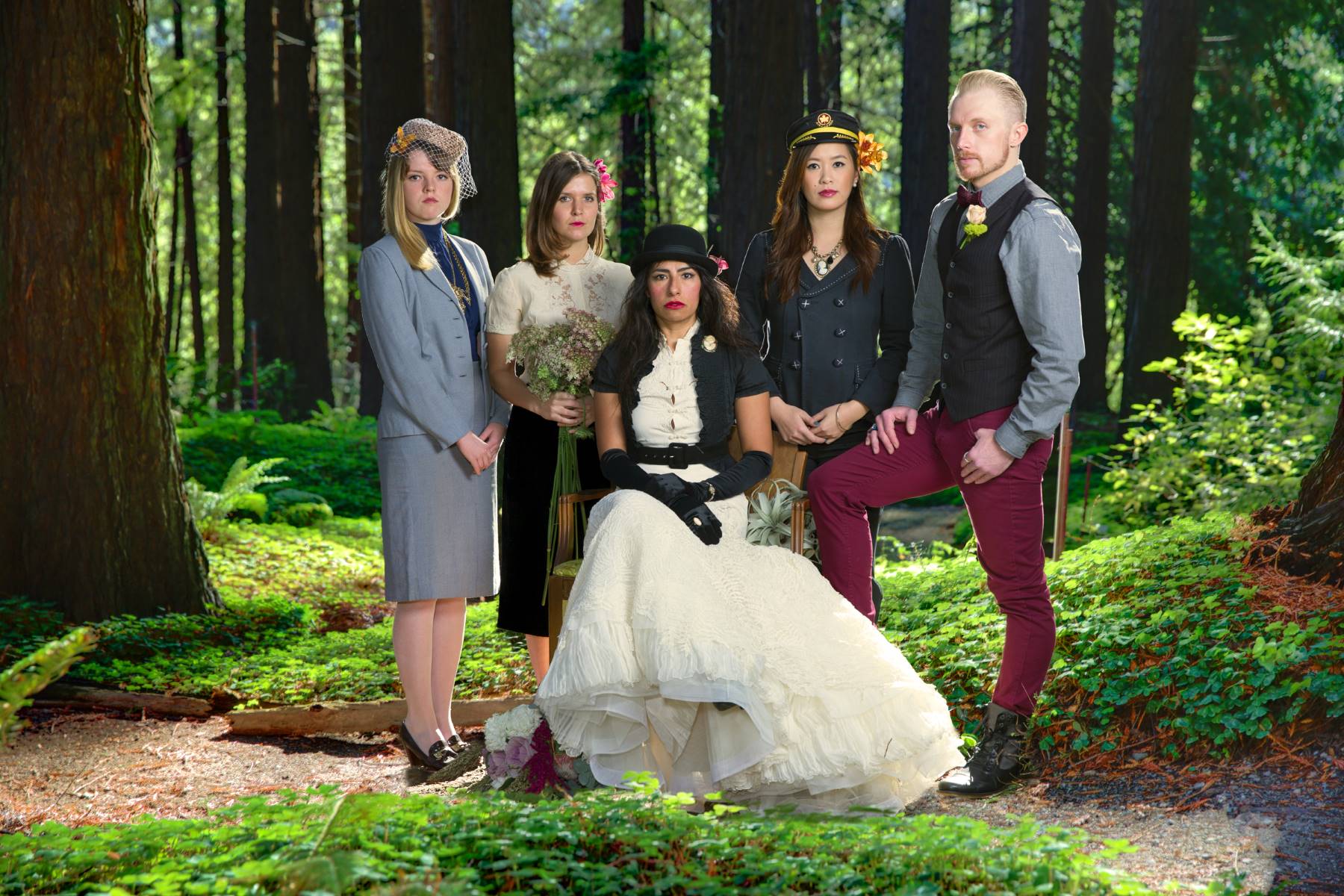
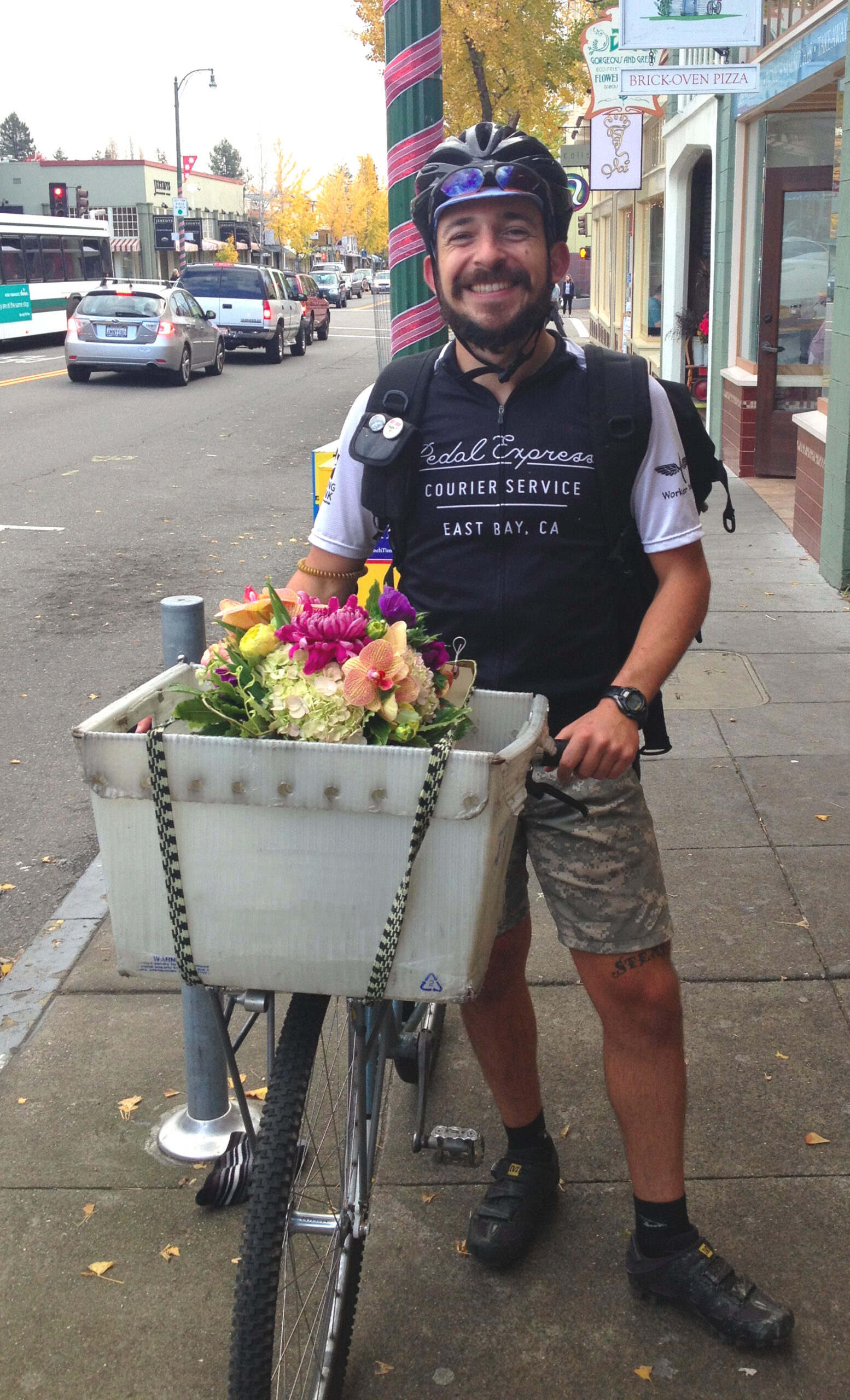
What is in your tool box?
Chicken wire, good branches/strong-stemmed greens and a good pair of clippers. Not too expensive though, because whenever they are expensive, I lose them. But a good pair that’s strong enough for thick stems and sharp enough for thin stems – that’s all I need.
Thoughts on sustainability & social media?
Good question! I am giving a presentation at the Slow Flowers Summit in June about branding in floral businesses, so I have been giving this a lot of thought. I think it is really important to ask yourself: “How can you be more sustainable?” That’s always something I try and do every now and then, stop and ask myself, “What are you doing now? What can I do better? How can I evolve?” We get so used to current practices and tools, it is important to re-evaluate every now and then. Even if you think you are the most green or sustainable person, you need to keep challenging yourself, because nobody else will. The truth of it is, to be the most sustainable in floral design is to simply not do it at all. Don’t buy flowers, don’t grow flowers and don’t give gifts – because those things are not necessities. But we are humans and we love beautiful things, we like to celebrate and we like to show emotion. Flowers are important to us.
Social media is a huge tool and it has definitely helped those of us who have tried to make change.
But because people can choose what they are posting, you can’t see all the decisions they are making in the background. This creates trends like the floral foam crushing or like the bleached flowers. First it was bleached, then bleached and dyed and now it is kaleidoscope and iridescent flowers. I appreciate artistic creativity, but I do think it is really important that we are mindful that if things catch on and lots of people do it, then it becomes really wasteful.
I still use Instagram to regularly come back to the floral foam issue and point out that there are other options. I see people use chicken wire, but I want people to go further and make a statement about why they are choosing to use chicken wire. I think transparency is just so important.
What do you think needs to change for floristry to become more sustainable – for florists and consumers?
I think it goes back to the education piece. I would like to see more education, information and clear direction. In order to make change we kind of need to make people uncomfortable, but I feel florists tiptoe around these issues. And I have done it a few times and it is hard and uncomfortable, but it works. I see florists who say they are sustainable, but then I can see the use of floral foam and I’m surprised the florist can’t see the disconnection. There is greenwashing happening with florists.
I have asked the question on Instagram a few times: “Would you as a florist be willing to ask your wholesalers to stop or reduce their using plastic?” Out of 25 people, only one person said they would be willing to have that conversation. So something has to be done around the stigma around trying to make change in the floral industry. I think there is fear around being too much of a changemaker.
